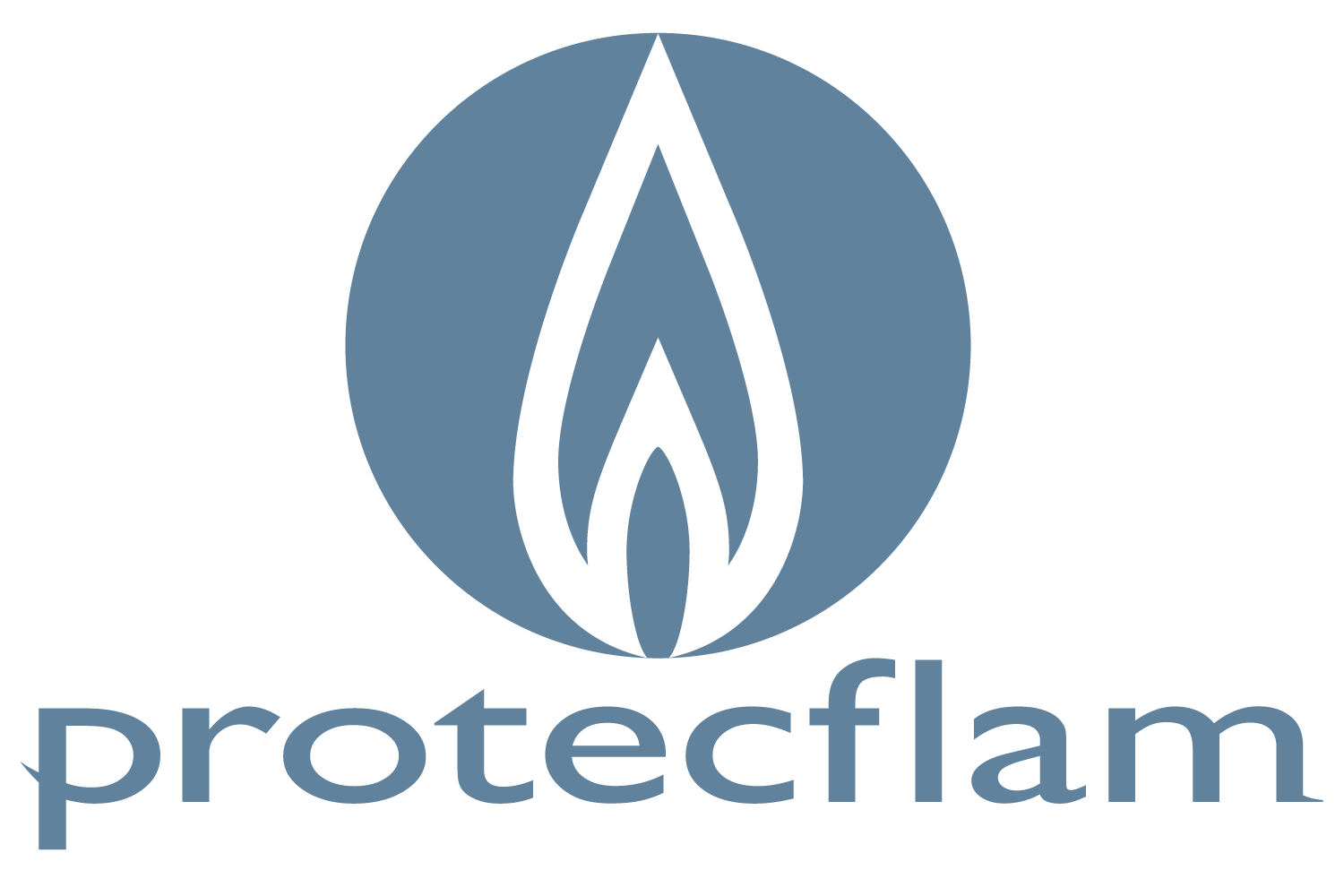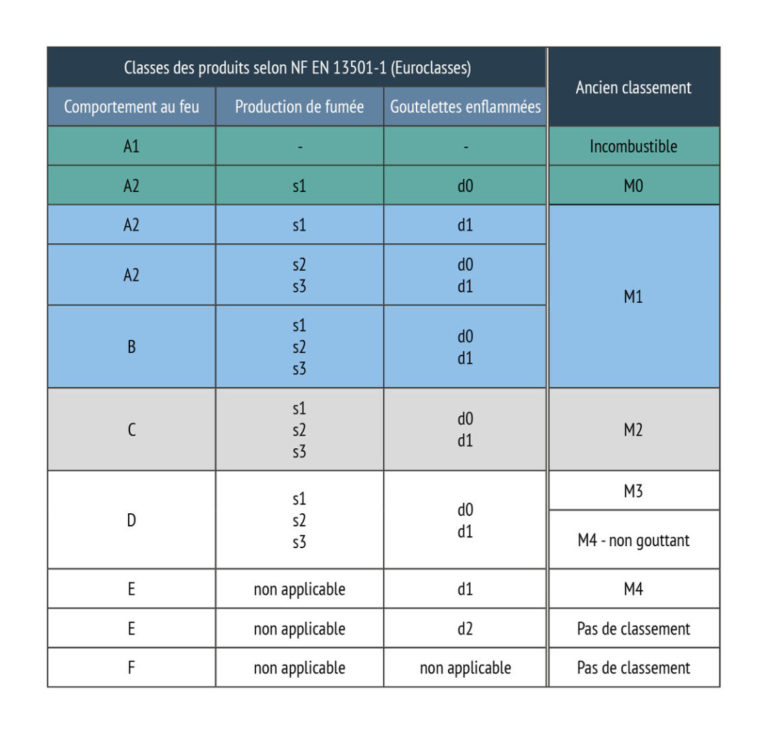Fire grades
Need to know
Building & Development
The fireproofing processes used and the formulations of Protecflam Industries make it possible to obtain with most wood, fabrics, cardboard, fabrics or even ropes an M1 classification – very difficult to flammable – or M2 – difficult to flammable.
Warning! Since 2002, the M classification has been replaced by a European ranking which measures not only the flammability but also the release of heat, the opacity of the fumes and the propensity of a material to produce incandescent droplets: the Euroclass. The Construction Products Regulation (CPR) requires performance in Euroclass for products related to a harmonized European standard. This is the case of wood panels, paneling, cladding, etc.
Although the real correspondence between the two rankings is not possible, we will associate the new fire rating of Euroclass D in the M3 classification, the Euroclass C in the M2 classification and the Euroclass B in the M1 classification.
On the other hand, for the materials and products of arrangement, the furniture the classification M remains in force as for the fabrics for example.
Correspondence of M classifications and Euroclass
In no case is there any equivalence between the Euroclass and M fire classifications, but only the specific performance degrees are classified hierarchically. They then give fire performance indicators without a comparative scale with each other.

